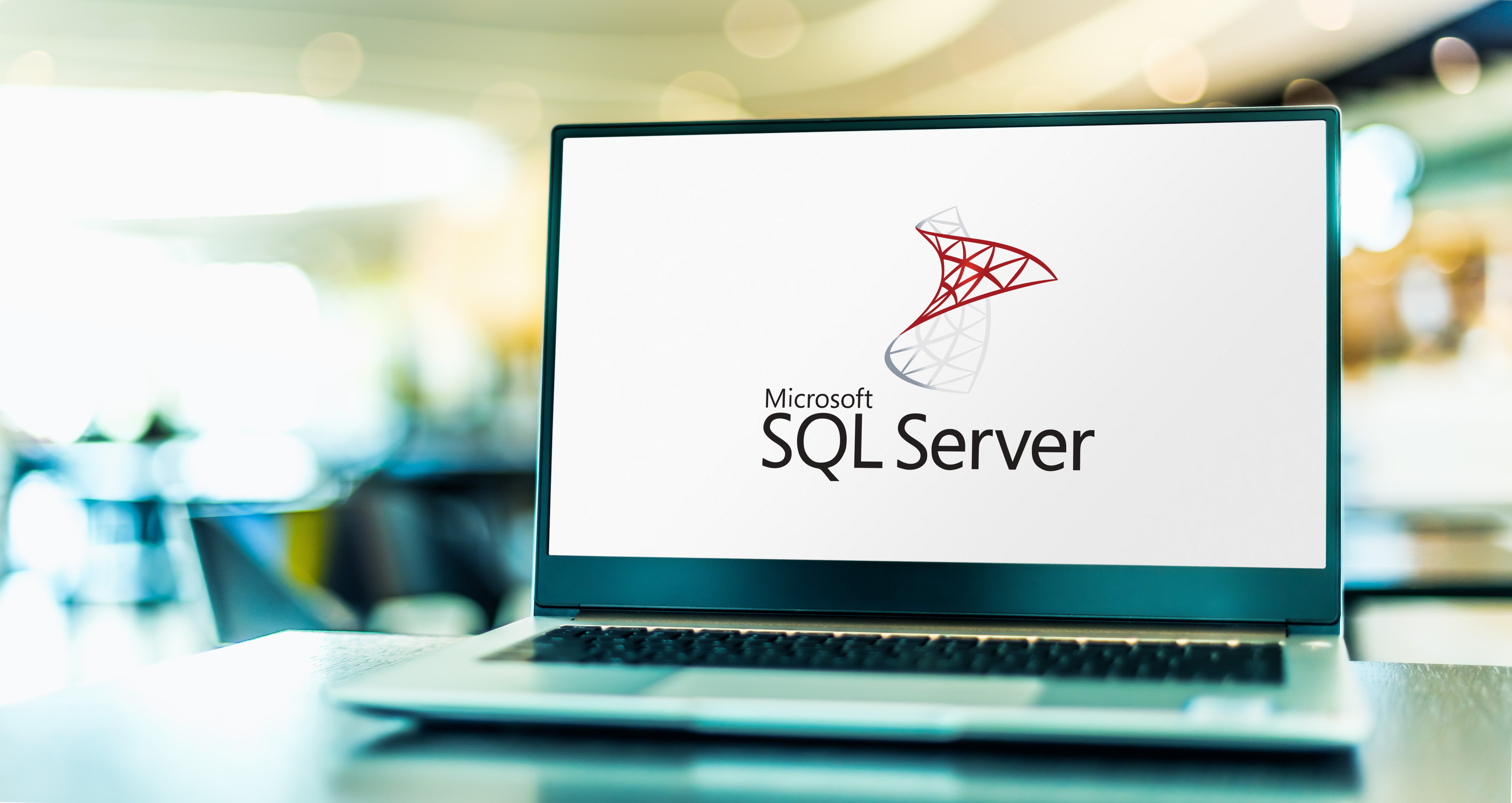Understanding Extended Security Update Options for Windows Server 2012
Windows Server 2012/R2, a cornerstone of server operating systems, reached its end-of-life on October 10, 2023. This cessation of regular...
3 min read
cloudservuscom Sep 12, 2023 8:45:00 AM

The deadline for Windows Server 2012 support is fast approaching; the end of support date is October 10th, 2023. As this technology is set to become obsolete in about a month, it's crucial to discuss your options. This article will explore what the end of support for Windows Server 2012 means for your organization, which upgrade options you should consider, and how the new licensing paradigms of Windows Server 2022 can facilitate a smooth transition.
Windows Server 2012 reaching its end of life means that Microsoft will no longer provide updates, including security patches, for this version. This situation leaves systems more vulnerable to security threats, which can affect both data integrity and compliance requirements. Organizations should think about moving to a more recent version, transferring the server to Azure, or isolating the 2012 servers from their production environments to maintain a secure and stable infrastructure.
As the deadline for the end of support approaches, strategizing your transition is essential. Microsoft suggests two main paths:
Cloud Migration: You could opt to move your server to a cloud service like Azure, Google Cloud, or AWS. This choice removes the need for maintaining physical hardware while utilizing the robust security and scalability features of the cloud. However, it's crucial to evaluate the associated costs. Azure Hybrid Benefit allows you to transfer your on-premises Windows Server licenses to Azure at a significantly reduced cost. This arrangement is an efficient way to shift or increase your workloads in Azure, and you can even benefit from lower Linux pricing for these instances. When considering this option, it's a good idea to compare the cost of a new license against the Azure cost without the Hybrid Benefit. The Azure calculator can assist you in this comparison.
Upgrade-in-Place: This option enables you to transition to a newer version of Windows Server while retaining your existing data and configurations. Note that this approach may require additional compatibility assessments, as only specific Windows Server versions are eligible for this kind of upgrade.
Data and Settings Migration: Alternatively, you can establish a new server and then transfer your existing data, settings, and applications. This route might involve some downtime and additional assessments for software and hardware compatibility.
Microsoft has made considerable changes to their Windows Server licensing model since the release of version 2022 and implemented additional updates in April 2023. These modifications offer organizations potential cost-saving opportunities, making now an ideal time for an upgrade.
For many years, Windows Server licensing operated under a Server + Client Access License (CAL) model. This changed to a more intricate, core-based licensing model starting with Windows Server 2016. The 2022 version continues this core-based approach, which is more aligned with modern virtualization and cloud-computing needs. However, don't confuse this core licensing model with SQL core licensing. Windows Server licensing for on-premises still requires CALs (Client Access Licenses), but you now have various options to license the CALs, like using Enterprise Mobility + Security (EMS).
Licensing at the VM Level: Microsoft introduced the capability for customers with Software Assurance or subscription licenses to adopt a virtual core-based licensing approach for Windows Server.
Minimum Core Requirement Lifted: Previously, organizations needed at least 16 Windows Server Core licenses to use Azure Hybrid Benefit or license by virtual machine. As of April 2023, this requirement has been eliminated for Windows Server 2022.
Azure Hybrid Benefit Flexibility: You can now purchase the exact number of core licenses you need for your virtual machine without buying them in sets of 8.
CSP Software Subscription Rights: Through the Cloud Solution Provider (CSP) program, you can now use Standard licenses with Windows Server Datacenter virtual machines, offering more flexibility for running virtual machines on-premises.
As Windows Server 2012 nears its end of support, it's vital to think about either migrating your Windows Servers to the cloud or transitioning to new offerings like Windows Server 2022. The updated licensing structure introduces significant flexibility and cost-saving measures. These include enhanced Azure Hybrid Benefit options and new Software Subscription rights. Choosing the right migration path now ensures your organization will operate securely while leveraging the latest innovations.
If you have questions or concerns about what the end of support for Windows Server 2012 means for your organization, feel free to contact our team at CloudServus. We're here to guide you through the options and help you maximize the features and benefits available in Windows Server 2022.

Windows Server 2012/R2, a cornerstone of server operating systems, reached its end-of-life on October 10, 2023. This cessation of regular...

End-of support (EOS) for Microsoft’s SQL Server 2012 was enacted on July 12, 2022, and a recent announcement indicates Windows Server 2012/R2 will...
.png)
Microsoft announced earlier this year that Windows Server 2025 is available now in public preview and will be generally available later in 2024, so...